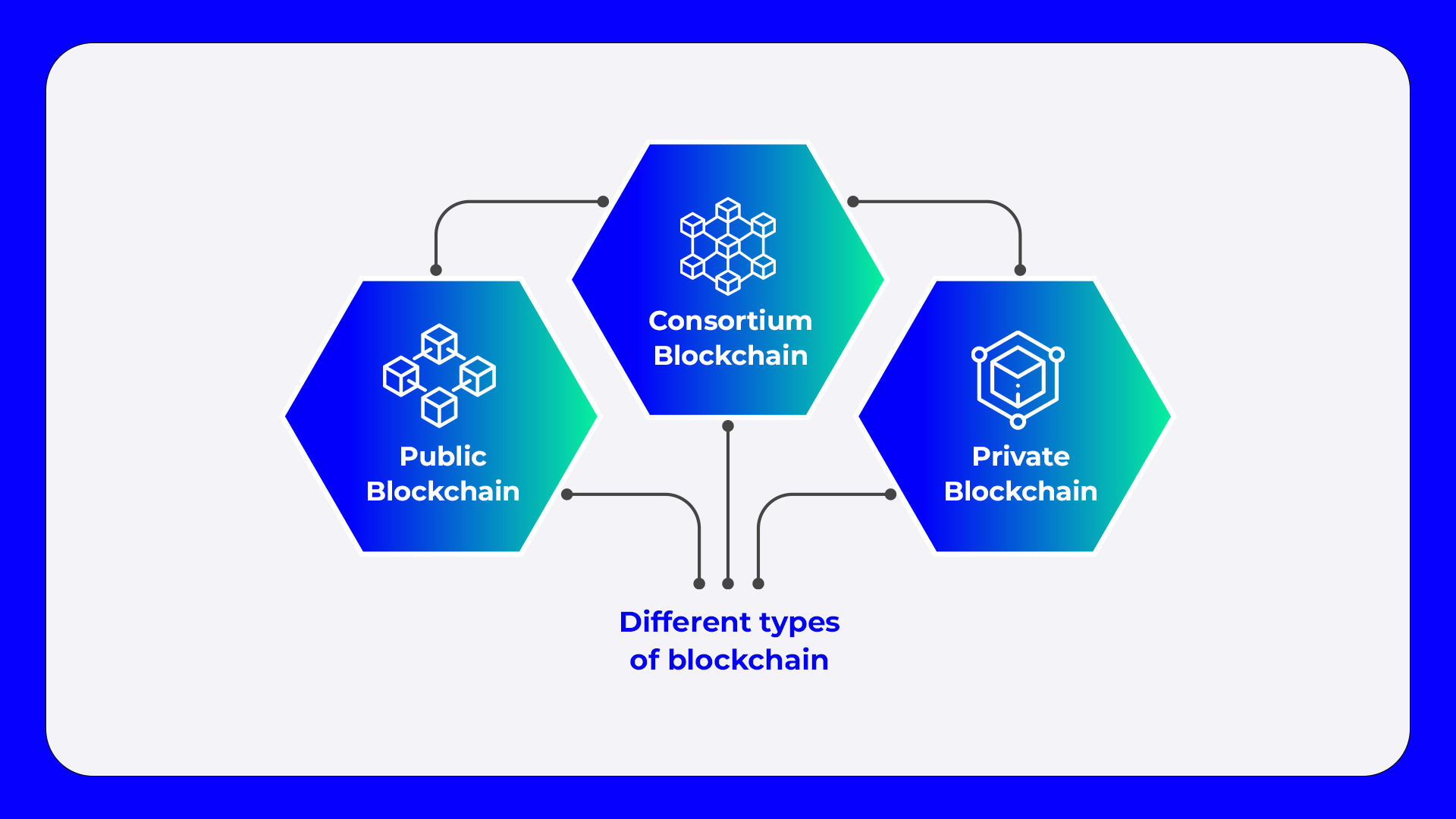Blockchain technology, originally conceptualized by an unknown person or group under the pseudonym Satoshi Nakamoto, serves as the backbone of Bitcoin and has since evolved to support a wide range of applications. At its core, blockchain is a decentralized and distributed digital ledger that records transactions across many computers in such a way that the registered transactions cannot be altered retroactively. This article provides a detailed explanation of how blockchain works and its key components.
The Structure of a Blockchain
A list of transactions is contained in each block that makes up a blockchain. The fundamental components of a blockchain include:
- Blocks: Each block contains a list of transactions, a timestamp, and a reference to the previous block via a cryptographic hash.
- Chains: Blocks are linked together in a linear sequence, forming a chain. Each block points to the previous block, creating an immutable chain from the first block, known as the genesis block, to the current block.
Cryptographic Hashing
Each block contains a unique hash, a fixed-size string generated from the data within the block using a cryptographic hashing algorithm (e.g., SHA-256). This hash is crucial because:
- Integrity: It ensures the integrity of the data. Any change in the block’s data would produce a different hash, signaling tampering.
- Linkage: Each block includes the hash of the previous block, linking them together. This chaining of hashes makes it computationally impractical to alter any block without changing all subsequent blocks.
Decentralization and Distributed Ledger
Unlike traditional databases controlled by a single entity, blockchain operates on a peer-to-peer network. Each participant (node) in the network maintains a copy of the entire blockchain. The decentralized nature provides several advantages:
- Transparency: Transparency is promoted by the fact that all transactions are transparent to all parties.
- Security: Decentralization makes it difficult for malicious actors to alter the blockchain, as they would need to control a majority of the network’s nodes.
- Reliability: The distributed ledger ensures that the system remains operational even if some nodes fail.
Consensus Mechanisms
To validate and agree on the state of the blockchain, participants use consensus mechanisms. The most common ones are:
- Proof of Work (PoW): Nodes (miners) compete to solve complex mathematical puzzles. The first one to solve the puzzle gets to add the next block to the blockchain and is rewarded. Bitcoin uses PoW.
- Proof of Stake (PoS): Nodes (validators) are chosen to create new blocks based on the number of coins they hold and are willing to “stake” as collateral. PoS is more energy-efficient than PoW.
- Other Mechanisms: There are several other consensus algorithms, such as Delegated Proof of Stake (DPoS), Byzantine Fault Tolerance (BFT), and Proof of Authority (PoA), each with unique methods for validating transactions.
Transaction Process
The process of executing and recording a transaction on a blockchain involves several steps:
- Transaction Creation: A user initiates a transaction, which is broadcasted to the network.
- Verification: Nodes validate the transaction using the consensus mechanism, ensuring the user has sufficient balance and the transaction adheres to the network’s rules.
- Block Formation: A new block is created by grouping validated transactions.
- Consensus: The network reaches consensus on the validity of the new block.
- Chain Update: The new block is added to the blockchain, and all nodes update their copies.
Smart Contracts and Beyond
Blockchain technology is not limited to cryptocurrencies. Smart contracts, self-executing contracts with the terms directly written into code, have opened new avenues. Platforms like Ethereum enable decentralized applications (DApps) that run on the blockchain, offering services from finance (DeFi) to supply chain management.
Security and Challenges
While blockchain technology offers enhanced security through its immutable ledger and decentralized nature, it is not without challenges:
- Scalability: As the number of transactions grows, so does the size of the blockchain, leading to potential scalability issues.
- Energy Consumption: Particularly in PoW systems, the energy required for mining is substantial.
- Regulatory Concerns: The decentralized and pseudonymous nature of blockchain can pose challenges for regulation and compliance.
Conclusion
Blockchain technology represents a paradigm shift in how we think about trust and data integrity. By decentralizing control and ensuring transparency and security through cryptographic means, blockchain has the potential to revolutionize various industries. However, it also faces significant challenges that need to be addressed as the technology matures. Understanding how blockchain works is crucial for anyone looking to engage with this transformative technology.








